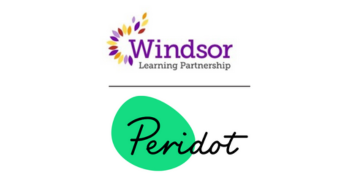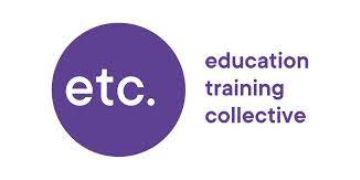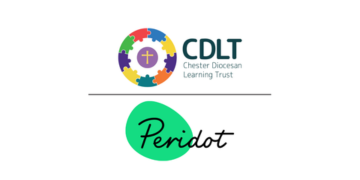The term ‘phonics for maths’ means different things to different people. As a result, it has been hotly debated in education circles in recent months. Yet structured guidance on how to develop whole-school strategies remains limited.
In response, we put our decades of expertise in phonics into developing the Fluency & Phonics for Maths Benchmarks, an evidence-based outline of the five key principles schools should consider.
Why the benchmarks?
The benchmarks offer a compelling, research-informed framework for securing both procedural and conceptual fluency in the building blocks of mathematics.
Drawing on cognitive science and proven pedagogical strategies, it mirrors the success of phonics in reading by systematically building number sense through explicit instruction, structured practice, and developmental progression.
This systematic approach is centred on equity and aims to secure the crucial number facts required to access the mathematical learning all children are entitled to.
This approach reduces cognitive load, fosters metacognition and equips pupils with the flexible reasoning skills needed to thrive across the primary maths curriculum and beyond.
Most curricula take factual fluency to mean addition and subtraction facts up to 20 and multiplicative facts up to 12 times 12. However, the benchmarks outline why phonics for maths must go beyond factual recall – requiring flexible reasoning and problem-solving skills and the embedding of number sense, conceptual understanding and regular opportunities to apply learning.
At its heart, phonics for maths is about empowering learners with the tools to think mathematically.
The five principles
Every child has a right to core knowledge
Ensuring all children achieve fluency in fundamental maths facts requires a systematic, equity-focused approach that benefits every learner, especially those who struggle.
Fluency is built on clarity and structure
Facts and strategies must be taught in a clear, logical sequence, making learning visible and learnable, and ensuring children understand what to learn, how, and in what order.
Fluency is more than recall; it’s reasoning in action
Children must be taught to be flexible thinkers, using manipulatives, visuals and multiple strategies, embedding reasoning and problem-solving as part of fluency.
Fluency is the what, but also the why
Fluency is developed alongside deep conceptual understanding, linking quick recall to knowing how, when and why to use strategies, and connecting facts to mathematical structures.
Success delivers motivation
A structured, supportive approach ensures all children experience success in small steps, building confidence, enjoyment, and motivation to keep progressing in maths.
Implementing the benchmarks
For school leaders, adopting a ‘phonics for maths’ model means recognising its importance and prioritising it in teaching accordingly by investing in a whole-school strategy which is fully supported by professional development and training.
This will secure subject knowledge around the fundamental building blocks, the sequencing of teaching and pedagogical approaches, and ensure successful implementation.
Schools may also need to ensure necessary systems and processes are in place to support putting it into practice and ensure every child has access.
In line with the EEF’s guide to effective implementation, this might include: adopting the behaviours that drive implementation; considering the contextual factors that may influence this; and building a structured but flexible process that takes these factors into account.
With the right professional development, implementation planning, and curriculum progression, having a structured approach to fluency teaching can transform maths outcomes and close foundational gaps, ensuring every child experiences success.
With these new benchmarks, we hope to start to codify what ‘phonics for maths’ should deliver, and ultimately shape the development of this area of curriculum and pedagogy.
We aim to bring clarity to what the phrase means so that schools can focus on what they need for effective implementation. This will look different according to settings and contexts, but every leader will be able to judge whether their approach is likely to succeed.
Access the Fluency and phonics for maths benchmarks here











Your thoughts